The Role of Virtual Reality in the Future of Crypto Gaming
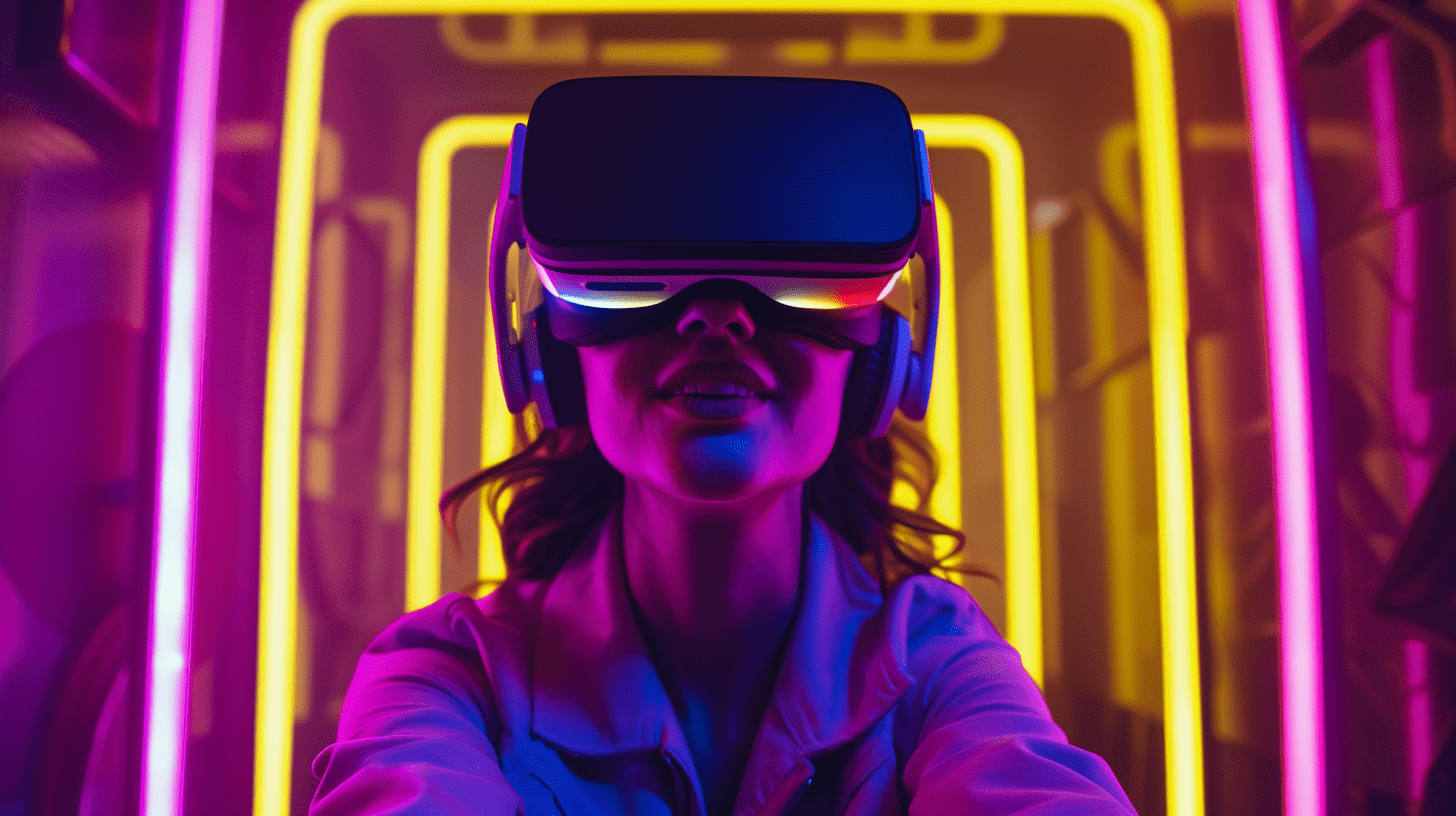
Virtual reality (VR) has rapidly evolved from a niche technology to a major force in the gaming industry, offering players immersive experiences that were once the stuff of science fiction. With the ability to transport players into fully realized, interactive worlds, VR is redefining how we perceive and engage with video games. As VR technology continues to advance, its integration with the burgeoning field of crypto gaming presents exciting new possibilities.
Crypto gaming, which leverages blockchain technology to enable play-to-earn models, true ownership of digital assets through NFTs, and decentralized in-game economies, is already transforming the gaming landscape. The convergence of VR and crypto gaming could further revolutionize the industry, offering players more immersive and interactive experiences while enhancing the value and utility of in-game assets.

Virtual Reality in Gaming: An Introduction
Virtual reality is a technology that simulates a user’s physical presence in a digital environment, allowing them to interact with this space as if they were actually there. By using VR headsets and controllers, players can experience games in a fully immersive way, engaging with 3D environments that respond to their movements and actions. This level of immersion enhances gaming experiences by making them more lifelike and interactive, allowing players to feel as though they are truly part of the game world.
The Current State of VR Technology and Its Adoption in Traditional Gaming
VR technology has made significant strides in recent years, with advancements in hardware, software, and content creation leading to broader adoption in the gaming industry. High-quality VR headsets, such as the Oculus Rift, HTC Vive, and PlayStation VR, have become more accessible, offering players a range of options depending on their preferences and budgets. These advancements have led to an increasing number of traditional games being developed specifically for VR, or at least offering VR compatibility.
However, despite its growth, VR remains a relatively niche segment of the gaming market. The high cost of VR hardware, the need for powerful computing systems, and the physical space required for optimal gameplay are still barriers to widespread adoption. Nonetheless, as technology continues to evolve and become more affordable, the potential for VR to become a mainstream gaming platform is growing.
Key Differences Between Traditional Gaming and VR-Based Gaming
The fundamental difference between traditional gaming and VR-based gaming lies in the level of immersion and interactivity. In traditional gaming, players interact with the game through a screen and input devices like controllers or keyboards. While engaging, these experiences are still somewhat removed from the player’s physical reality.
In contrast, VR-based gaming blurs the line between the digital and physical worlds. Players are not just observing the game environment; they are placed within it. This creates a more visceral and engaging experience, where the player’s physical actions directly influence the game world. For example, in a VR game, the player might physically dodge attacks, reach out to grab objects, or move through space as if they were actually there.
Additionally, VR-based games often require more active participation and can create a stronger sense of presence, making the experience more intense and personal. This level of engagement can lead to deeper emotional connections with the game, as players feel more like participants rather than mere observers.
Understanding these distinctions is crucial as we explore how VR is being integrated into the world of crypto gaming, and the unique opportunities this convergence offers.
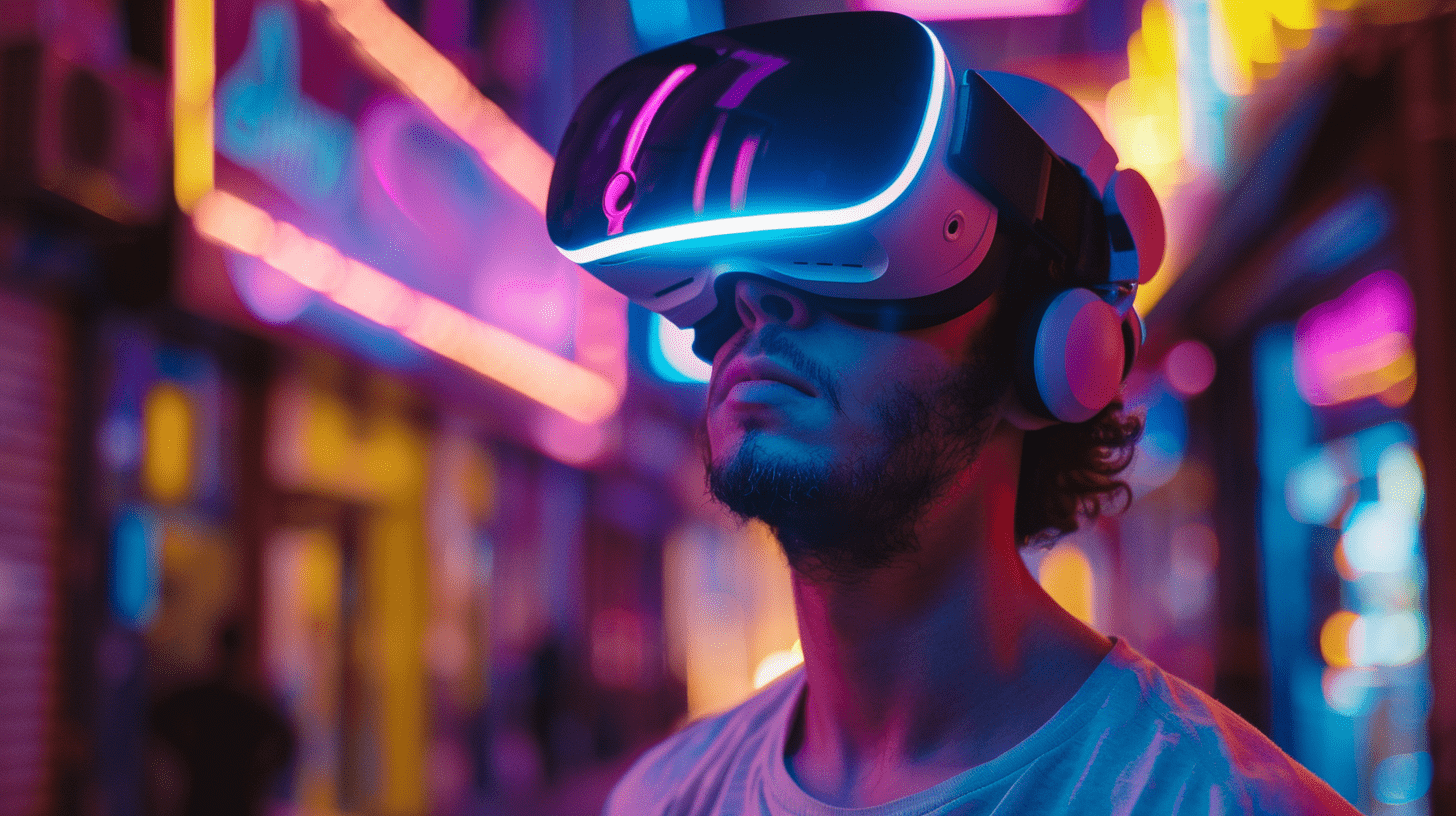
Integration of VR and Blockchain Technology
Blockchain technology and virtual reality each bring unique strengths to the gaming industry, and their integration has the potential to create groundbreaking experiences. Blockchain's decentralized nature and transparent ledger system provide a solid foundation for managing digital assets and transactions within VR environments. This synergy allows for the creation of persistent, secure, and verifiable virtual worlds where players can interact, trade, and own assets with confidence.
In VR gaming, blockchain can be used to track and verify ownership of in-game items, land, or even entire game worlds. This ensures that all transactions and changes in ownership are recorded transparently and immutably, reducing the risk of fraud and enabling a more trustworthy gaming ecosystem.
The Role of Cryptocurrencies and NFTs in VR Environments
Cryptocurrencies and non-fungible tokens play a crucial role in the integration of VR and blockchain technology. In a VR environment, cryptocurrencies can serve as the primary medium of exchange, enabling players to buy, sell, and trade assets within the virtual world. These digital currencies can also be used to reward players for achievements or participation in the game, creating a play-to-earn model that enhances the overall gaming experience.
NFTs, which are unique digital assets verified on the blockchain, can represent various in-game items such as weapons, clothing, avatars, or virtual real estate. In a VR setting, NFTs enable players to truly own these assets, giving them the ability to trade, sell, or even take them across different games or platforms. This creates a sense of permanence and value in the virtual items players collect, as they are not just bound to a single game but can have utility and value in a broader digital ecosystem.
Benefits of Integrating VR with Blockchain
The integration of VR with blockchain technology offers several significant benefits that enhance the gaming experience:
Enhanced Security
Blockchain’s decentralized and cryptographically secure nature ensures that all transactions and asset ownership records are protected from tampering or fraud. In a VR environment, this is particularly important as it safeguards the value and integrity of digital assets, preventing unauthorized duplication or theft.
True Ownership
With blockchain, players have true ownership of their in-game assets through NFTs. Unlike traditional games, where items are often controlled by the game developers and can be lost if the game shuts down, blockchain-based VR games ensure that players retain ownership of their digital assets regardless of the game's status. This true ownership also allows players to transfer or sell their assets freely on decentralized marketplaces.
Decentralized Experiences
The combination of VR and blockchain enables the creation of decentralized virtual worlds where players have greater control over their experiences. This could include player-driven economies, governance systems, and community-created content, all managed through blockchain technology. Decentralization reduces the influence of central authorities, giving players more autonomy and fostering a more open and collaborative gaming environment.
The integration of VR and blockchain technology has the potential to revolutionize the gaming industry, offering players more immersive, secure, and empowering experiences. As these technologies continue to evolve, we can expect to see even more innovative and exciting developments in the world of crypto gaming.

Examples of VR in Crypto Gaming
The fusion of virtual reality and crypto gaming is still in its early stages, but several innovative projects are already exploring this intersection. These games leverage the immersive capabilities of VR alongside the decentralized benefits of blockchain technology to create unique gaming experiences.

Somnium Space
A pioneering example of VR in crypto gaming, Somnium Space is a virtual world where players can explore, build, and interact with others. The platform allows users to own land, create environments, and even trade virtual assets, all facilitated by blockchain technology. Somnium Space uses NFTs to represent ownership of land and items within the game, ensuring that players have true control over their digital assets.
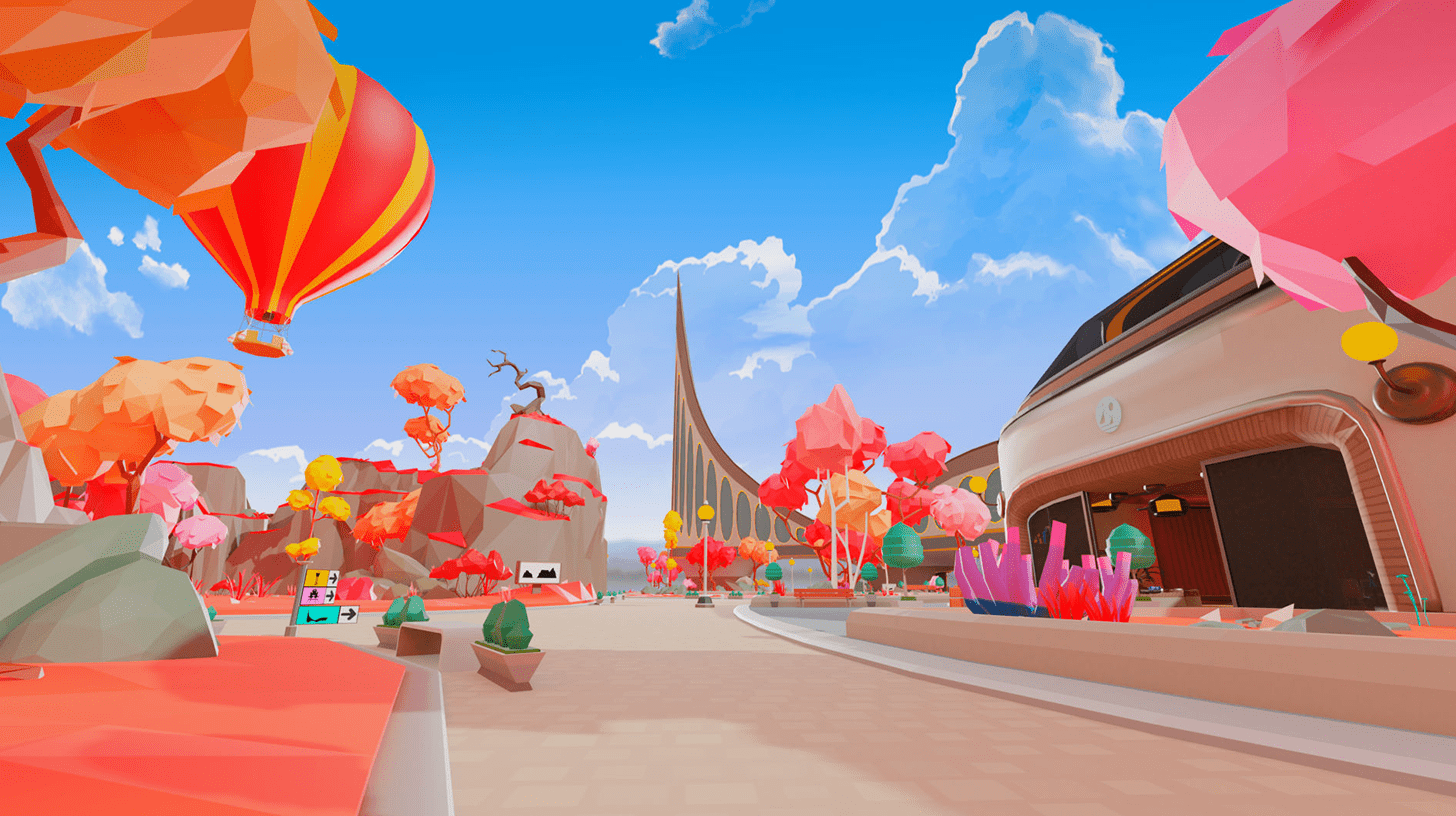
Decentraland
Although not exclusively a VR game, Decentraland is an Ethereum-based virtual world that supports VR and has made significant strides in integrating VR experiences. Players can explore this decentralized metaverse, buy and sell virtual land as NFTs, and create interactive content. Decentraland’s support for VR offers a more immersive way to experience its user-generated environments, making it a significant example of VR in the crypto gaming space.
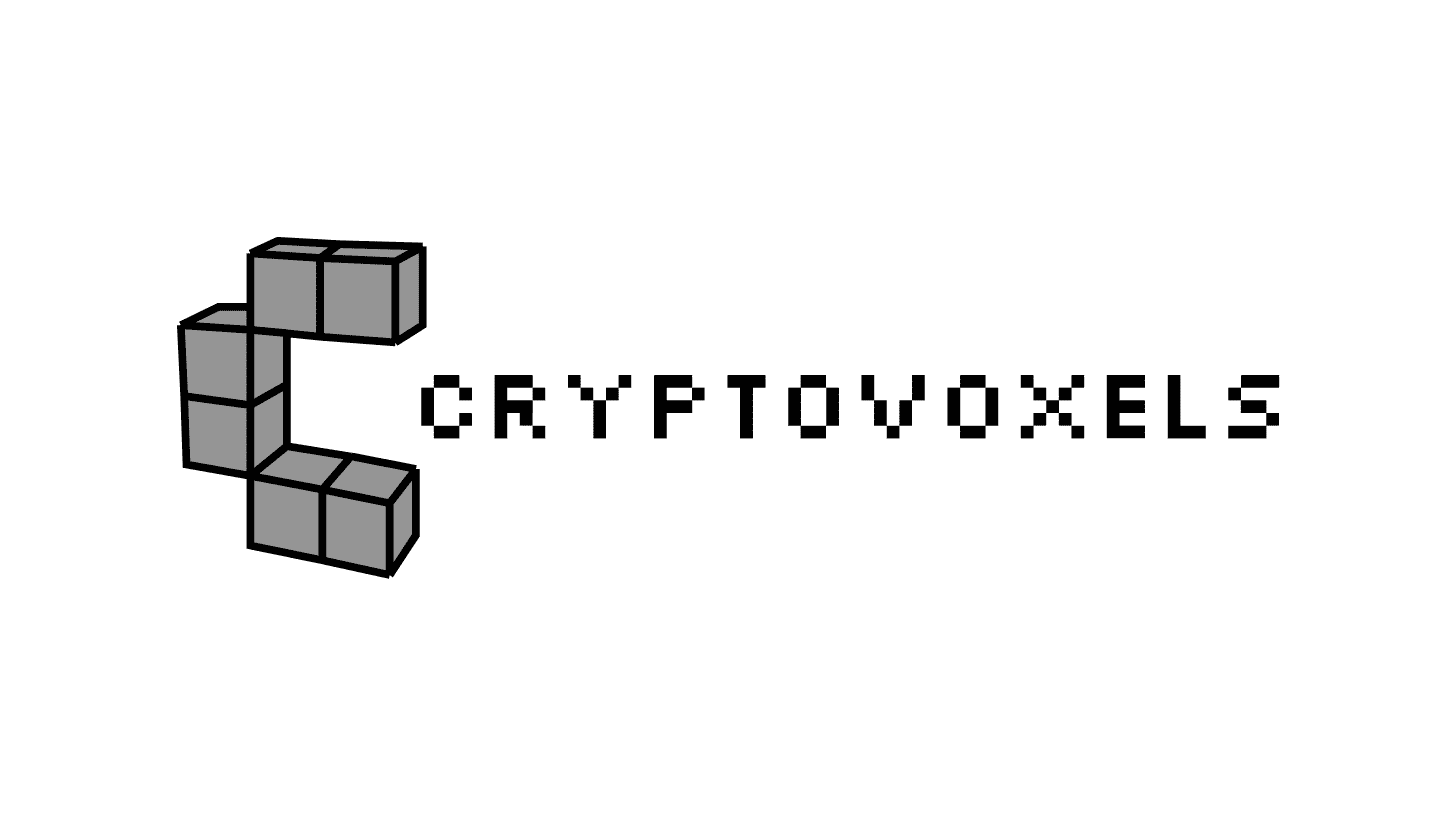
CryptoVoxels
Another virtual world built on blockchain, CryptoVoxels is a user-owned digital universe that supports VR interactions. Players can buy land, build structures, and display NFTs within this voxel-based environment. The integration of VR enhances the sense of presence and engagement within the game, allowing players to experience their creations in a more tangible way.
Case Studies of Successful VR-Based Crypto Games
Somnium Space
As a leading example of VR in crypto gaming, Somnium Space has made a notable impact on the gaming community by creating a persistent, user-owned virtual world. The game’s use of blockchain for asset ownership has attracted a dedicated community of creators and traders who engage in a thriving virtual economy. The immersive nature of VR has enhanced social interactions within the game, leading to the formation of virtual communities and events that mirror real-world experiences.
Decentraland VR Events
Decentraland has hosted various VR events, including virtual conferences, art exhibitions, and live concerts, showcasing the potential of VR in creating immersive and interactive experiences. These events have not only attracted gamers but also artists, musicians, and other creatives looking to explore the possibilities of VR and blockchain. The success of these events has highlighted the potential for VR in expanding the social and cultural aspects of crypto gaming.
Potential Challenges and Limitations
While the integration of VR and crypto gaming offers exciting possibilities, it also comes with several challenges and limitations:
High Entry Costs
The cost of VR equipment remains a significant barrier to entry for many players. High-quality VR headsets and the necessary computing power can be expensive, limiting the accessibility of VR-based crypto games to a broader audience.
Technical Limitations
VR games require robust hardware and software to deliver smooth and immersive experiences. Issues such as latency, motion sickness, and the need for continuous hardware upgrades can hinder the overall user experience, particularly in blockchain-based environments where transactions and interactions must be secure and seamless.
Scalability Issues
Blockchain-based VR games face challenges in scaling their platforms to accommodate large numbers of users without compromising performance. Ensuring that the virtual environment remains stable and responsive, even with a growing user base, is a critical concern for developers.
User Adoption and Learning Curve
Integrating VR with blockchain technology can create a steep learning curve for new users. Players must not only become familiar with VR interfaces but also understand blockchain concepts such as wallets, NFTs, and decentralized exchanges. This dual learning requirement can be daunting for many potential users.
Despite these challenges, the ongoing development of VR and blockchain technologies suggests that these limitations will gradually be addressed. As accessibility improves and the technology matures, the potential for VR in crypto gaming will likely continue to grow, offering increasingly sophisticated and immersive experiences for players.
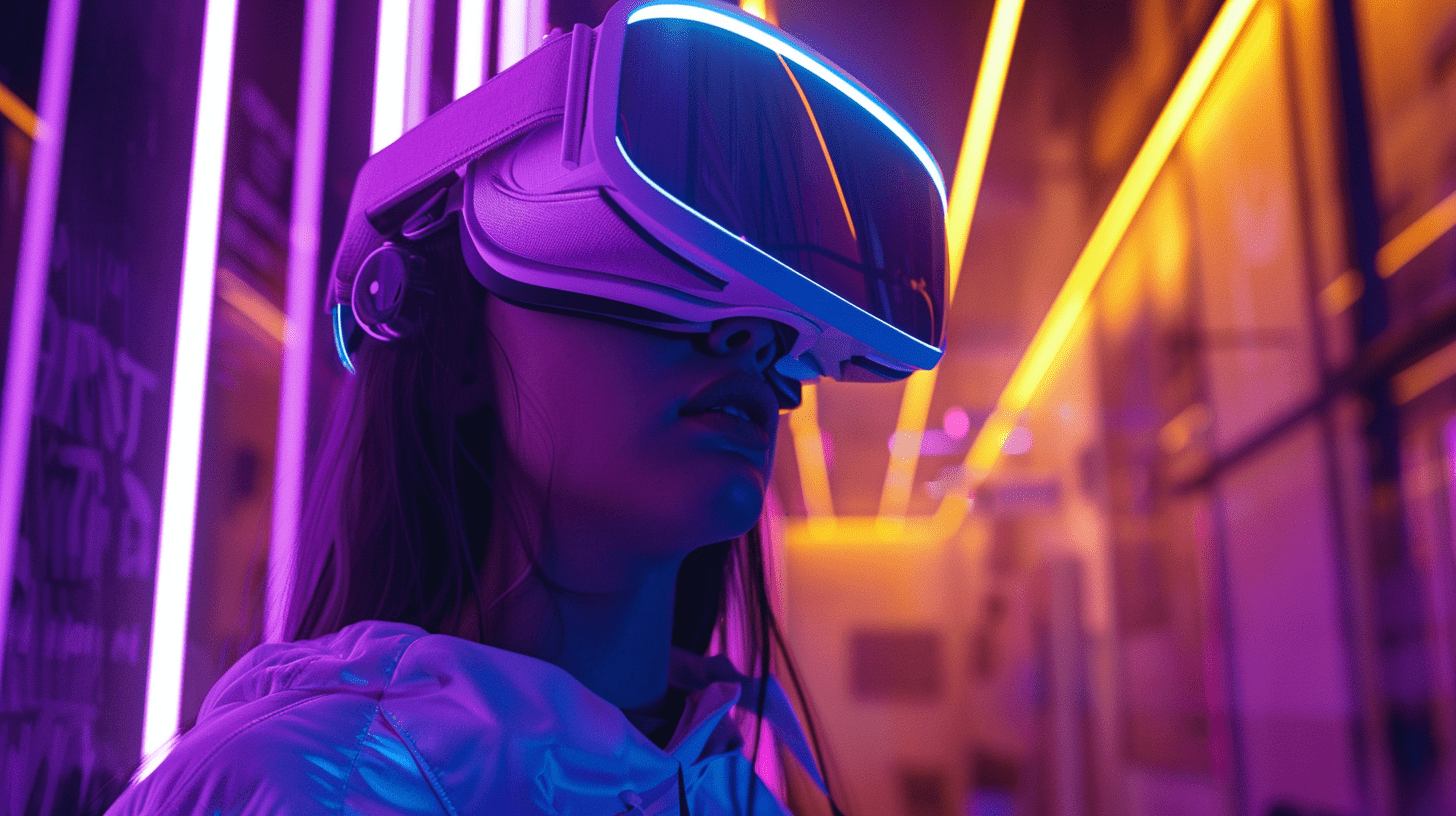
The Impact of VR on Player Experience
The integration of virtual reality into crypto gaming has the potential to significantly enhance player experiences by providing unprecedented levels of immersion, interactivity, and social engagement. This section explores how VR transforms gaming by creating more immersive gameplay, developing engaging and interactive environments, and enhancing social interactions and community building within crypto games.
Immersive Gameplay: How VR Transforms the Gaming Experience
Virtual reality fundamentally changes the way players interact with games by creating deeply immersive experiences that engage multiple senses and provide a heightened sense of presence within the game world. This transformation is particularly impactful in the context of crypto gaming, where the value and ownership of in-game assets add an extra layer of engagement and investment.
Enhanced Sensory Engagement
VR technology engages players' visual, auditory, and sometimes even tactile senses, making the gaming experience more realistic and captivating. High-resolution displays, 3D audio, and haptic feedback devices work together to create environments that feel tangible and alive, drawing players deeper into the game world.
Increased Emotional Connection
The immersive nature of VR allows players to form stronger emotional connections with the game narrative and characters. Experiencing events from a first-person perspective can evoke more profound emotional responses, making gameplay more impactful and memorable.
Physical Interaction and Presence
VR enables players to use natural movements to interact with the virtual environment, such as reaching out to pick up objects or physically moving to explore spaces. This physicality enhances the feeling of presence and agency within the game, making actions feel more meaningful and engaging.
Unique Gameplay Mechanics
VR opens up possibilities for innovative gameplay mechanics that are not possible in traditional gaming. For example, puzzle-solving that requires spatial awareness, combat that involves physical dodging and striking, or exploration that leverages 360-degree environments, all contribute to more dynamic and varied gameplay experiences.
Immersive Economic Interactions
In crypto games, VR can make economic interactions, such as trading NFTs or participating in virtual marketplaces, more engaging by providing realistic and interactive settings. Visiting a virtual marketplace, inspecting items in 3D, and negotiating deals with other avatars can make economic activities more enjoyable and authentic.
The Role of VR in Creating More Engaging and Interactive Environments
VR technology plays a crucial role in developing game environments that are not only visually stunning but also highly interactive and responsive to player actions. In crypto gaming, these environments can significantly enhance user engagement and provide a platform for more complex and rewarding interactions.
Dynamic and Responsive Worlds
VR enables the creation of game worlds that react in real-time to player inputs, offering a sense of immediacy and responsiveness. Environments can change and adapt based on player decisions, creating a living world that evolves and feels truly interactive.
Detailed and Explorable Spaces
The 3D capabilities of VR allow for highly detailed and expansive environments that encourage exploration and discovery. Players can investigate every nook and cranny of the virtual world, uncovering hidden assets, quests, or experiences, which adds depth and richness to gameplay.
Interactive Object Manipulation
In VR, players can interact with objects in intuitive ways, such as picking up, throwing, or manipulating items using natural hand movements. This level of interaction makes tasks and challenges within the game more engaging and can introduce complex puzzles and mechanics that rely on physical manipulation.
Personalized and Customizable Environments
VR combined with blockchain technology allows players to own and customize their virtual spaces, such as personal rooms, land plots, or entire worlds. This ownership fosters a deeper connection to the game environment and encourages creativity and personalization, enhancing overall engagement.
Enhanced Learning and Skill Development
Interactive VR environments can be designed to teach players new skills or knowledge through immersive experiences. For instance, complex economic concepts inherent in crypto gaming can be learned more effectively through engaging VR tutorials and simulations.
How VR Can Enhance Social Interaction and Community Building in Crypto Games
Social interaction is a fundamental aspect of gaming, and VR has the potential to elevate these interactions by providing immersive and authentic social experiences. In the context of crypto gaming, VR can facilitate robust community building and collaboration, enriching the social fabric of the gaming ecosystem.
Realistic Social Interactions
VR enables players to interact with others in a more natural and expressive manner compared to traditional gaming platforms. Body language, gestures, and spatial audio contribute to more authentic and meaningful interactions, making socializing in virtual spaces feel closer to real-life experiences.
Virtual Events and Gatherings
Crypto games can host a variety of virtual events such as conferences, concerts, art exhibitions, and gaming tournaments within VR environments. These events provide opportunities for players to connect, collaborate, and celebrate, fostering a strong sense of community and shared experience.
Collaborative Gameplay
VR facilitates cooperative gameplay where players can work together in immersive settings to achieve common goals. Collaborative quests, building projects, and strategic missions become more engaging and effective when players can communicate and interact seamlessly within a shared virtual space.
Global Connectivity
VR breaks down geographical barriers by allowing players from around the world to meet and interact in shared virtual environments. This global connectivity promotes diversity and inclusion within the gaming community, enabling cultural exchange and broadening social networks.
Community-Driven Content Creation
With VR tools, players can contribute to the game world by creating and sharing their own content, such as virtual structures, artworks, or game modes. Blockchain technology ensures that creators can retain ownership and potentially earn from their contributions, incentivizing community participation and collaboration.
Safe and Inclusive Spaces
VR environments can be designed to be safe and inclusive, providing spaces where players can express themselves freely and engage with others without the constraints of the physical world. Moderation tools and community guidelines help maintain respectful and positive interactions, enhancing the overall social experience.
Persistent Social Economies
The combination of VR and blockchain allows for the creation of persistent social economies where players can engage in various economic activities together. Trading, joint ventures, and community-driven marketplaces become more interactive and engaging within a VR setting, strengthening social bonds and economic ties within the community.
The integration of VR into crypto gaming profoundly impacts player experience by delivering immersive gameplay, creating engaging and interactive environments, and enhancing social interactions and community building. As VR technology continues to advance and become more accessible, these transformative experiences are likely to become increasingly prevalent, shaping the future of gaming in innovative and exciting ways.

The Future of VR in Crypto Gaming
The integration of virtual reality with crypto gaming is poised to create a transformative impact on the gaming industry. As VR technology continues to advance, the future of crypto gaming will likely be shaped by several key developments that enhance immersion, accessibility, and player engagement.
Predictions for the Evolution of VR Technology in the Crypto Gaming Space
The evolution of VR technology is expected to lead to more sophisticated and immersive gaming experiences. As VR becomes more mainstream, we can anticipate several trends that will shape the future of crypto gaming:
Greater Immersion and Realism
Future VR advancements will likely focus on increasing the level of immersion and realism in virtual environments. This could include more lifelike graphics, improved haptic feedback, and more natural interactions within the game world. These enhancements will make crypto gaming more engaging and will deepen the connection between players and their virtual assets.
Expansion of the Metaverse
The concept of the metaverse — a shared, persistent virtual universe — will continue to grow, with VR playing a central role. In this metaverse, players will be able to seamlessly move between different crypto games and virtual worlds, carrying their assets, avatars, and identities with them. This interconnected virtual space will blur the lines between individual games and create a unified gaming ecosystem.
Integration with Augmented Reality
While VR offers complete immersion, the future may also see a greater integration of augmented reality (AR) with crypto gaming. AR can enhance real-world environments with digital elements, creating a hybrid experience where players interact with blockchain-based assets in both the virtual and physical worlds.
Potential Advancements in VR Hardware and Software That Could Influence Crypto Gaming
The future of VR in crypto gaming will also be shaped by significant advancements in both hardware and software:
Next-Generation VR Headsets
Upcoming VR headsets are expected to offer higher resolutions, wider fields of view, and more accurate tracking systems. These improvements will provide a more comfortable and visually stunning experience, making VR more accessible to a broader audience. Additionally, wireless and lightweight designs will enhance mobility and reduce physical barriers to extended gameplay.
Haptic Feedback and Wearable Tech
Advances in haptic feedback technology will allow players to feel more tactile sensations in the virtual world, such as textures, pressure, and resistance. Wearable tech, like haptic gloves and suits, will further enhance the physical interaction with virtual environments, making gameplay more immersive and realistic.
AI-Powered Content Creation
AI-driven tools will play a significant role in the future of VR game development. These tools will enable faster and more efficient creation of complex virtual environments, characters, and narratives. AI can also adapt in real-time to player behavior, creating dynamic and personalized gaming experiences.
Improved Network Infrastructure
To support the growing demands of VR and crypto gaming, advancements in network infrastructure, such as 5G and edge computing, will be crucial. These technologies will reduce latency and provide more stable connections, enabling seamless multiplayer experiences in expansive virtual worlds.
The Growing Importance of Cross-Platform Compatibility and Accessibility
As VR and crypto gaming evolve, cross-platform compatibility and accessibility will become increasingly important for ensuring broad adoption and sustained growth:
Cross-Platform Play
The future of crypto gaming will likely see a push towards greater cross-platform play, allowing players to engage with VR games across different devices and platforms. Whether on VR headsets, PCs, consoles, or mobile devices, players will expect seamless experiences that transcend hardware limitations. This compatibility will be essential for building large, interconnected player bases.
Accessibility and Affordability
For VR to reach its full potential in the crypto gaming space, it must become more accessible to a wider audience. This includes reducing the cost of VR hardware, simplifying the setup process, and ensuring that VR games are easy to understand and play. Developers will need to focus on creating user-friendly interfaces and tutorials that cater to both seasoned gamers and newcomers.
Cloud Gaming and Streaming
Cloud-based VR gaming could become more prevalent, allowing players to stream VR games directly to their devices without the need for high-end hardware. This approach can lower the entry barriers for players who may not have access to expensive gaming rigs, democratizing access to VR experiences.
Universal Standards for VR and Blockchain Integration
To ensure interoperability and ease of use, the industry may move towards establishing universal standards for VR and blockchain integration. These standards would govern how virtual assets, identities, and economies are managed across different platforms, promoting a more cohesive and user-friendly gaming ecosystem.
The future of VR in crypto gaming is full of exciting possibilities. As technology continues to advance, we can expect to see more immersive, interactive, and accessible gaming experiences that redefine the way players interact with virtual worlds and blockchain assets. The convergence of VR and crypto gaming is set to create new opportunities for players, developers, and the industry as a whole, shaping the next generation of gaming in profound ways.
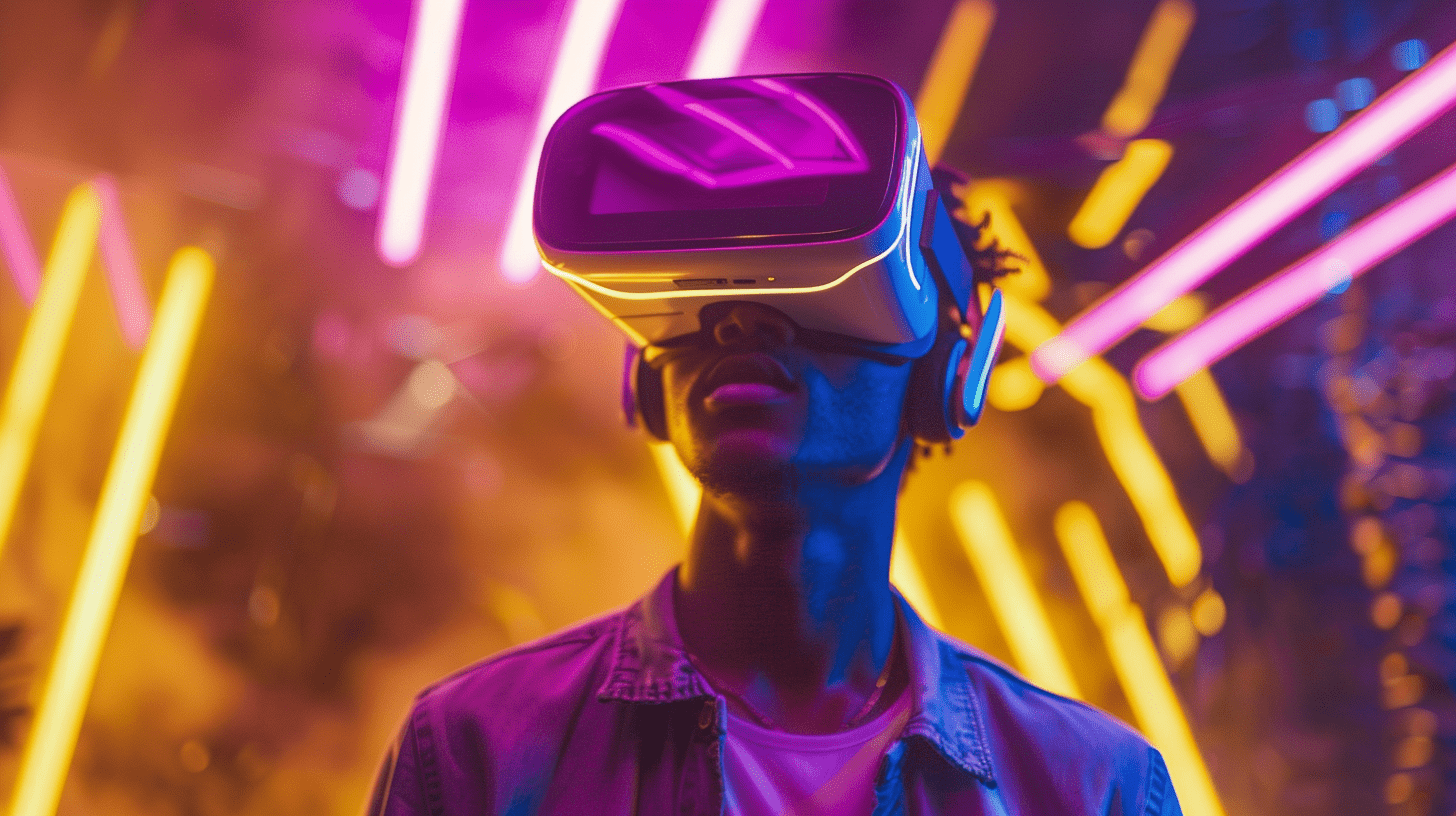
Challenges and Considerations
As the integration of virtual reality and crypto gaming continues to evolve, several challenges and considerations must be addressed to ensure a successful and sustainable future for this emerging field. These challenges encompass technical, economic, and ethical aspects, each of which plays a crucial role in shaping the accessibility, security, and overall impact of VR in crypto gaming.
Technical Challenges
Scalability
One of the primary technical challenges in VR-based crypto gaming is scalability. As the number of players and the complexity of virtual environments increase, the underlying infrastructure must be capable of handling significant loads without compromising performance. Blockchain networks, which are integral to crypto gaming, often struggle with scalability issues, leading to slower transaction times and higher fees. Ensuring that both the VR and blockchain components can scale effectively is critical for providing a seamless gaming experience.
Latency
Latency is a significant concern in VR gaming, where even minor delays can disrupt the immersive experience. In crypto games, where real-time interactions and transactions are common, minimizing latency is essential for maintaining engagement and ensuring that gameplay remains smooth and responsive. Achieving low-latency connections requires advanced network infrastructure, such as 5G and edge computing, which may not yet be widely available in all regions.
Hardware Requirements
VR gaming demands high-performance hardware, including powerful processors, graphics cards, and VR headsets. These requirements can be a barrier for many players, particularly those in regions where access to cutting-edge technology is limited. Additionally, the need for continuous hardware upgrades to keep up with advancements in VR technology can be both costly and time-consuming for players and developers alike.
The Cost of VR Equipment and Its Impact on the Accessibility of Crypto Gaming
High Entry Costs
The cost of VR equipment remains one of the most significant barriers to entry for players interested in VR-based crypto gaming. High-quality VR headsets, along with the necessary computing power, can be prohibitively expensive for many potential users. This financial barrier limits the accessibility of VR gaming, restricting it to a relatively small, affluent segment of the gaming population.
Economic Disparities
The high cost of entry exacerbates existing economic disparities within the gaming community. Players from lower-income regions or countries may find it difficult to participate in VR-based crypto games, leading to a less inclusive gaming environment. To address this, developers and hardware manufacturers must explore ways to reduce costs and make VR technology more affordable and accessible to a broader audience.
Long-Term Investment
For both players and developers, investing in VR technology is a long-term commitment. Players must weigh the cost of entry against the potential rewards of engaging in VR-based crypto gaming, while developers need to consider the return on investment for creating VR-compatible games. Balancing these economic factors is essential for ensuring that VR gaming can grow sustainably.
Ethical Considerations
Data Privacy
In the context of VR and crypto gaming, data privacy is a critical ethical consideration. VR systems often collect vast amounts of personal data, including biometric information, player behavior, and social interactions. When combined with blockchain technology, which emphasizes transparency, there is a risk that sensitive data could be exposed or misused. Ensuring robust data protection measures and giving players control over their data are essential for maintaining trust in VR-based crypto games.
Player Safety
The immersive nature of VR can blur the lines between the virtual and real worlds, raising concerns about player safety. Prolonged use of VR can lead to physical issues such as eye strain, motion sickness, and fatigue. Moreover, the deep engagement that VR offers can result in players becoming overly absorbed in the game, potentially neglecting real-world responsibilities or mental health. Developers must implement safety guidelines and features, such as playtime limits and ergonomic designs, to protect players' well-being.
Balance Between Immersion and Reality
While VR aims to create highly immersive experiences, it is crucial to maintain a balance between immersion and reality. Games that are too engrossing can lead to addiction or unhealthy behavior patterns, especially in environments where real money is at stake, as in crypto gaming. Ethical game design should consider the potential impact on players' lives outside the game, promoting responsible gaming practices and ensuring that the line between the virtual and real worlds remains clear.
While the integration of VR and crypto gaming holds tremendous potential, it also presents significant challenges and ethical considerations. Addressing these issues is crucial for creating a sustainable, accessible, and secure future for VR-based crypto gaming, where players can enjoy immersive experiences without compromising their safety, privacy, or financial well-being.

Opportunities for Growth and Innovation
As virtual reality and crypto gaming continue to converge, there are numerous opportunities for growth and innovation in this rapidly evolving space. These opportunities are driven by emerging trends, the potential for new game genres, and the increasing importance of community and player-driven content.
Emerging Trends in VR and Crypto Gaming
Metaverse Expansion
The concept of the metaverse — an interconnected virtual universe where players can interact, trade, and socialize — continues to gain traction. VR is expected to play a pivotal role in the development of these metaverse environments, offering immersive experiences that go beyond traditional gaming. As more projects integrate VR and blockchain, we can expect to see richer, more interconnected worlds where players can seamlessly move between different games and platforms, taking their assets and identities with them.
Play-to-Earn (P2E) in VR
The play-to-earn model, which allows players to earn real-world value through in-game activities, is already popular in the crypto gaming space. The integration of VR into P2E games could enhance this model by providing more engaging and interactive ways for players to earn rewards. For instance, VR could enable more immersive work environments in games, such as virtual factories, marketplaces, or farms, where players can engage in activities that generate income.
Cross-Platform Integration
As VR technology advances, we are likely to see increased cross-platform integration, allowing players to experience the same game across different devices, from VR headsets to PCs and mobile devices. This cross-platform flexibility will expand the reach of VR-based crypto games, making them more accessible to a wider audience and enabling more inclusive gaming experiences.
Potential for New Game Genres and Experiences Enabled by VR
Immersive Social Games
VR's ability to create realistic social interactions opens up new possibilities for social gaming. We may see the rise of immersive social games where players can hang out in virtual lounges, attend live events, or participate in group activities, all while interacting with other players in real-time. These social experiences, enhanced by blockchain-based ownership of digital assets, could create vibrant, player-driven communities.
VR-Enhanced Strategy and Simulation Games
Strategy and simulation games can benefit significantly from VR's immersive capabilities. Players could manage cities, armies, or economies from a first-person perspective, interacting directly with their virtual environments. The combination of VR and blockchain could allow for more complex and realistic simulations, where players can own and trade assets, influence in-game economies, and experience the consequences of their decisions in a more tangible way.
Narrative-Driven VR Experiences
VR's ability to create deeply immersive environments lends itself well to narrative-driven games. In the context of crypto gaming, players could embark on story-rich adventures where their decisions and actions have lasting consequences, both in terms of the storyline and the economic value of in-game assets. Blockchain could ensure that these narrative experiences are unique and personalized, with players owning exclusive content or characters that evolve based on their choices.
The Role of Community and Player-Driven Content in Shaping the Future of VR-Based Crypto Games
User-Generated Content
One of the most exciting opportunities in VR-based crypto gaming is the potential for user-generated content. Players can create and contribute their own assets, levels, or entire games within a VR environment, supported by blockchain technology. These contributions can be monetized, giving players the incentive to innovate and enrich the game world. This shift towards player-driven content will lead to more diverse and personalized gaming experiences, as the community takes an active role in shaping the game.
Decentralized Governance
Blockchain technology enables decentralized governance models where players have a say in the development and direction of the game. In VR-based crypto games, this could mean that players vote on new features, game mechanics, or even narrative arcs, creating a truly collaborative game development process. This empowerment of players not only fosters a strong sense of community but also ensures that the game evolves in a way that reflects the desires and needs of its player base.
Community-Driven Economies
VR-based crypto games have the potential to create vibrant, community-driven economies where players can trade, collaborate, and compete in ways that reflect real-world market dynamics. These economies could extend beyond the game itself, with players creating businesses, services, and events within the virtual world. The role of community in shaping these economies will be crucial, as player interactions, market trends, and collective decisions will influence the value and dynamics of the in-game assets and currencies.
The intersection of VR and crypto gaming presents vast opportunities for growth and innovation. As emerging trends continue to shape this space, we can expect to see the development of new game genres, more immersive and interactive experiences, and a greater emphasis on community and player-driven content. These advancements will not only enhance the gaming experience but also redefine the way players interact with virtual worlds and each other, driving the evolution of the gaming industry as a whole.
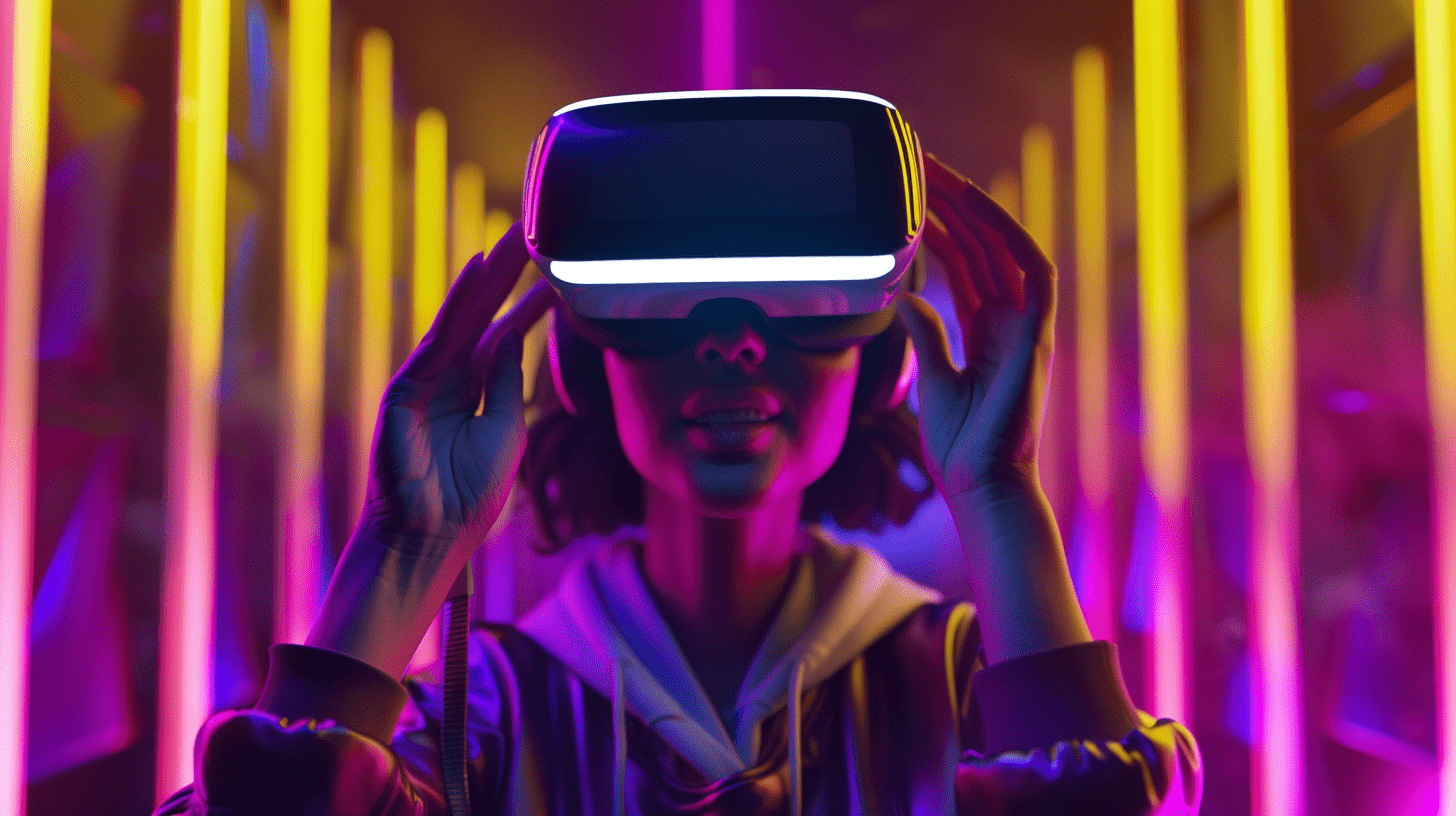
Conclusion
The integration of virtual reality with crypto gaming is set to revolutionize the gaming industry. From creating immersive and interactive environments to enabling new game genres and fostering community-driven content, — the potential of VR in crypto gaming is vast and transformative. The opportunities for growth and innovation in this space are immense, with emerging trends like the expansion of the metaverse, the rise of play-to-earn models, and the increasing importance of cross-platform compatibility shaping the future of gaming.
As VR technology continues to advance, both developers and players are encouraged to embrace the possibilities it offers. Developers have the chance to push the boundaries of game design, creating experiences that are more immersive, personalized, and engaging than ever before. Players, on the other hand, can look forward to a new era of gaming where their interactions within virtual worlds are richer, more meaningful, and potentially financially rewarding.
The future of crypto gaming, enhanced by VR, promises to be an exciting journey of innovation and discovery. By staying at the forefront of these developments, both the gaming community and the broader industry can harness the transformative power of VR to create a new paradigm in digital entertainment.
